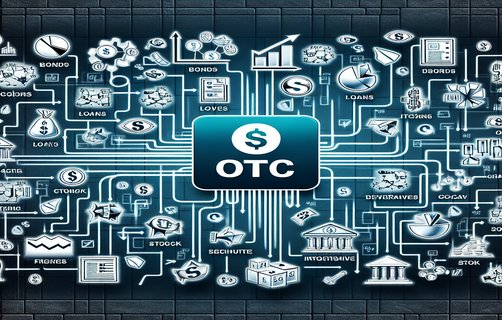


Every venture into highstakes territory demands a thorough understanding of intricate reward systems and robust risk management strategies. At the heart of this exploration, dynamic elements such as cashback, balanced odds, safe gameplay, compbonus incentives, and secure return mechanisms work in synergy to form the underlying fabric of modern gaming and investment strategies. This tutorial-style analysis delves into these aspects, offering insights that are as innovative as they are practical.
The journey begins with the concept of cashback. Beyond simply offering a refund, cashback acts as an immediate safety net, providing users with a sense of reliability. According to research published in the Journal of Gambling Studies, customers appreciate systems that guarantee a partial return on their expenditure, thus fostering loyalty and encouraging repeat participation. Equally, balanced odds play a pivotal role in ensuring fairness. By carefully structuring balanced odds, operators enhance trust among users, making the realm more predictable and fostering a competitive yet stable market environment.
Risk management is another cornerstone in this multifaceted approach. Effective risk management not only shields stakeholders from unpredictable market swings but also facilitates informed decisions. Institutions such as the Financial Conduct Authority (FCA) detail that well-structured risk management frameworks can significantly reduce downside exposure while allowing for potential upside gains. This strategic safeguard is critical whether one is navigating digital platforms or traditional finance systems.
Safe gameplay and compbonus schemes underscore the commitment to ethical and responsible practices. Safe gameplay involves deployable protocols that ensure transparency and curtail problematic behavior. Meanwhile, compbonus programs, which extend additional rewards on top of traditional incentives, serve to further cushion users against losses and augment overall satisfaction. According to a study by the International Gaming Institute, these methods contribute not only to player retention but also to a reduction in irregularities.
Lastly, the promise of secure return encapsulates the cumulative efficiency of these components. A secure return is not merely a financial metric—it embodies the assurance of strategic consistency and ethical operation across the board. When users are confident that every element, from cashback to balanced odds, is optimally managed, they are more inclined to engage extensively, thus creating a symbiotic ecosystem of trust and reliability. In practice, blending these strategies requires continuous evaluation and adaptation, ensuring that each parameter remains aligned with evolving market demands and regulatory expectations.
By integrating these critical factors, operators and users alike can experience an enriched environment that balances risk with reward and innovation with stability. This comprehensive strategy, reinforced by academic research and field-tested practices, provides a blueprint for sustainable success in highstakes scenarios.
What key strategy do you find most influential in balancing risk and reward? Would you prefer a focus on cashback incentives or on secure return frameworks? How might these insights transform your approach to gameplay? Are there additional elements you believe should be considered? Explore, decide, and share your views to help refine these dynamic strategies.


Comments
Alex
This article brilliantly explains risk management, and I learned new tactics to apply in my own strategy.
小明
文章中的分析非常详细,帮助我更好地理解了安全游戏的策略,真的很实用。
Eva
The discussion on cashback and compbonus was insightful, changing my view on rewards systems completely.
王力宏
文章结构清晰,内容丰富,我对此充满了期待和信心。